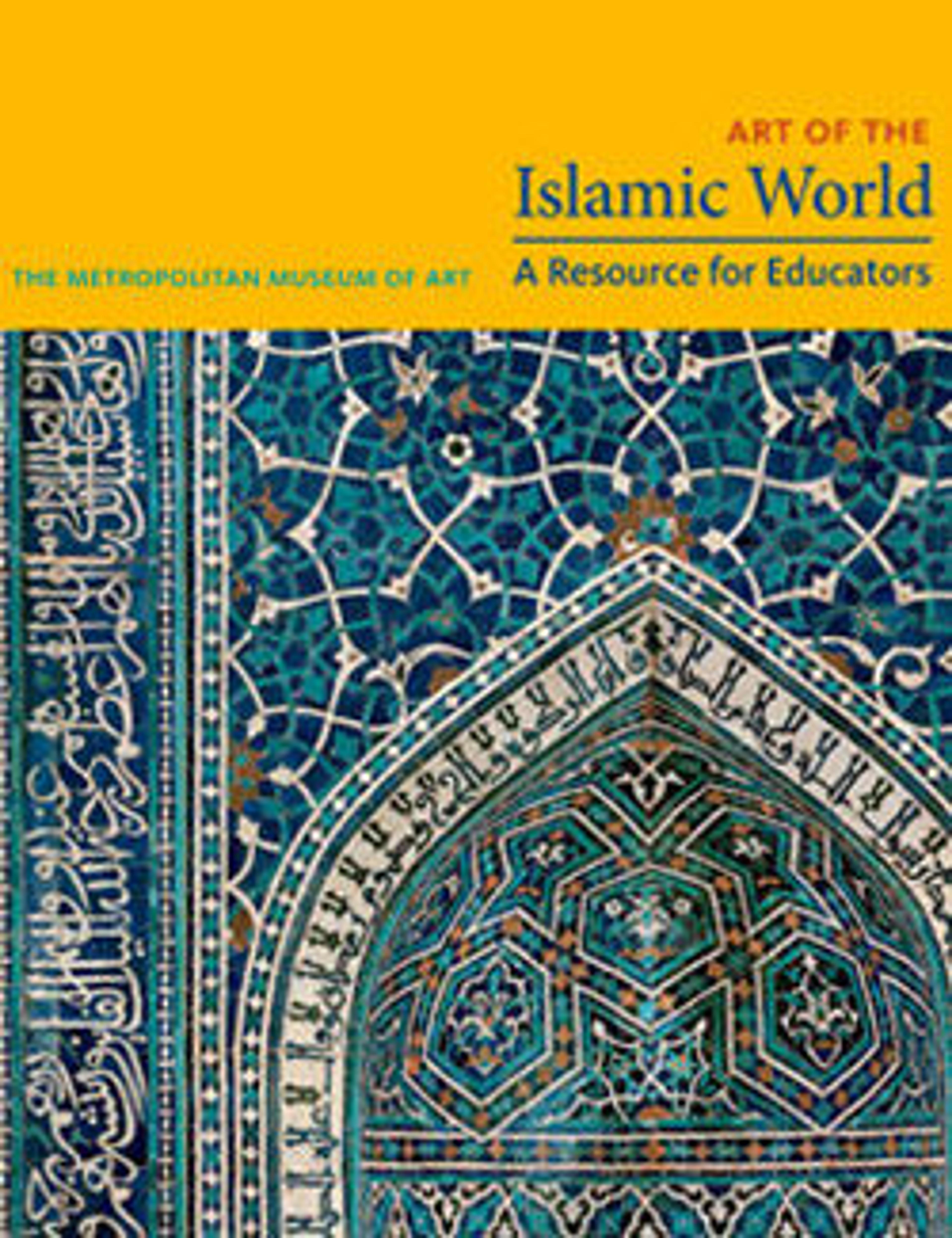Kitab suwar al-kawakib al-thabita (Book of the Images of the Fixed Stars) of al-Sufi
This book, based on the Almagest of the Greek astronomer Ptolemy, concerns the forty‑eight constellations known as the Fixed Stars, which, according to the medieval conception of the universe, inhabited the eighth of the nine spheres surrounding the earth. The constellations each appear twice in mirror image, shown as observed from the earth and from the sky.
Artwork Details
- Title: Kitab suwar al-kawakib al-thabita (Book of the Images of the Fixed Stars) of al-Sufi
- Author: `Abd al-Rahman al-Sufi (Iranian, Rey 903–986 Shiraz)
- Date: late 15th century
- Geography: Attributed to Iran
- Medium: Ink and gold on paper; leather binding
- Dimensions: H. 10 3/16 in. (25.8 cm)
W. 7 1/8 in. (18.1 cm) - Classification: Codices
- Credit Line: Rogers Fund, 1913
- Object Number: 13.160.10
- Curatorial Department: Islamic Art
More Artwork
Research Resources
The Met provides unparalleled resources for research and welcomes an international community of students and scholars. The Met's Open Access API is where creators and researchers can connect to the The Met collection. Open Access data and public domain images are available for unrestricted commercial and noncommercial use without permission or fee.
To request images under copyright and other restrictions, please use this Image Request form.
Feedback
We continue to research and examine historical and cultural context for objects in The Met collection. If you have comments or questions about this object record, please contact us using the form below. The Museum looks forward to receiving your comments.
